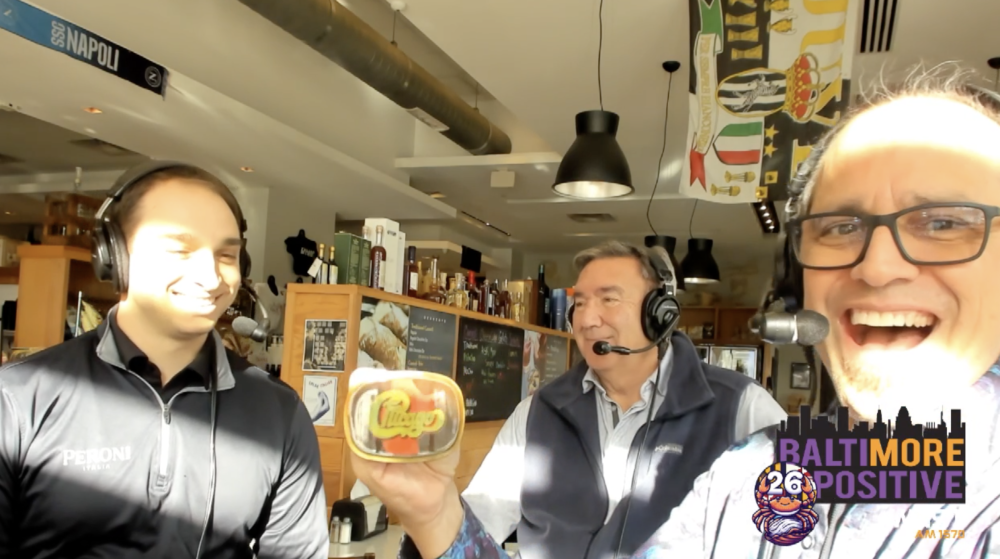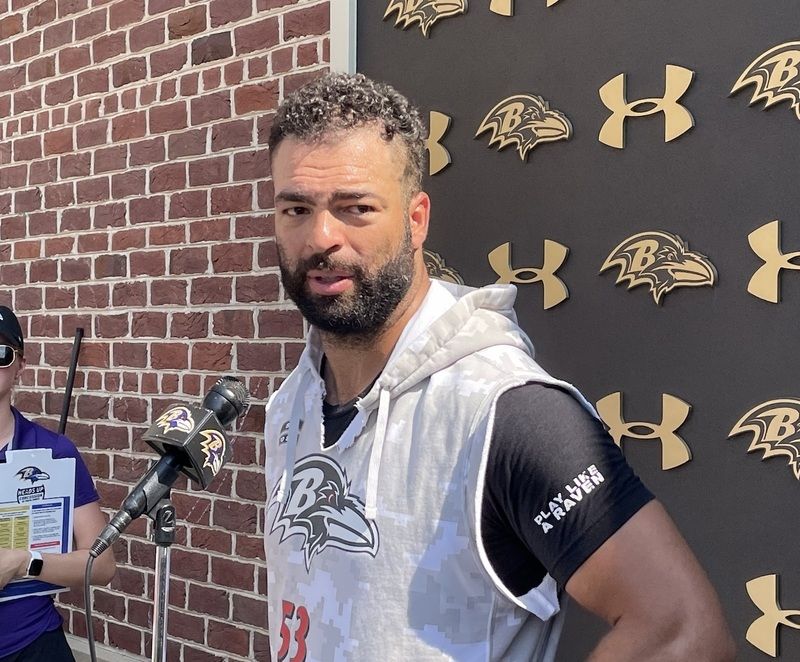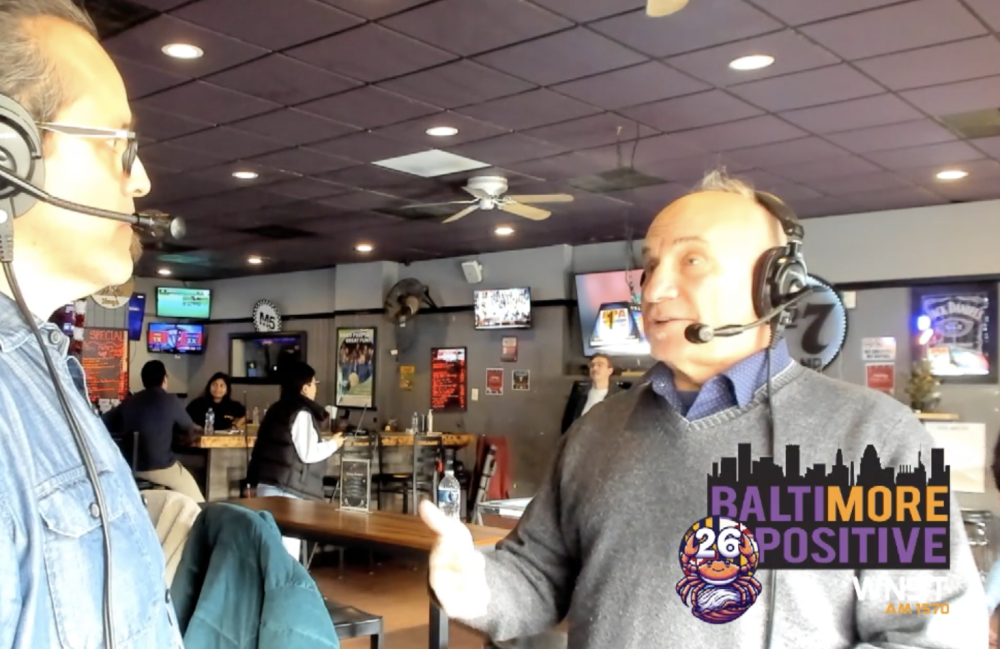Oriole Park at Camden Yards sits empty and quiet this weekend, a dramatic change from a week ago.
No, the Orioles didn’t host a deciding Game 5 of the American League Division Series on Friday night and won’t be opening the AL Championship Series against Houston in Baltimore on Sunday evening.
One can surely appreciate the magic and success of the 2023 season while still feeling immense disappointment in its abrupt conclusion at the hands of the Texas Rangers. Suggesting otherwise would reflect a lack of faith and respect for the first Orioles club to win 100-plus games since 1980. If manager Brandon Hyde is still “irritated” and “frustrated” — as well as a more colorful adjective — about being swept in the Division Series, fans can certainly feel that way as long as proper perspective accompanies such sentiments.
This season should be remembered as fondly as just about any in the 70-year history of the Baltimore Orioles, but expectations have now changed, which is a good thing.
Going from 110 losses to 101 wins in two years was nothing short of remarkable, but the Orioles and their fans should no longer just be happy to be here. The question now becomes how Baltimore tries to get over the hump in October, something 104-win Atlanta and the 100-win Los Angeles Dodgers are also asking themselves after Division Series exits. The difference is those franchises have each won a World Series in recent years while Baltimore has now gone more than four decades without an orange parade.
As general manager Mike Elias said to reporters Thursday, the priority is “keeping our foot on the gas pedal for keeping Baltimore baseball great and having an even better season next year, especially in the postseason.”
With a young core anchored by Gunnar Henderson, Adley Rutschman, Kyle Bradish, and Grayson Rodriguez — not to mention Jackson Holliday and other top prospects nearing the majors — for at least the next few years, there are many reasons to be optimistic. But there are also plenty of questions Elias and chairman and managing partner John Angelos must address between now and the 2024 opener on March 28.
After maintaining the second-lowest payroll in baseball in 2023, the Orioles enter the offseason with five pending free agents (Kyle Gibson, Adam Frazier, Shintaro Fujinami, Aaron Hicks, and Jack Flaherty) and a whopping 16 players eligible for arbitration. A sizable portion of those names are unlikely to return, but an increase in payroll is all but inevitable without even considering ways to improve this roster on paper.
Even if you’re confident in Bradish and Rodriguez as the No. 1 and 2 starters, acquiring at least one starting pitcher slotted for no worse than the No. 3 spot in the rotation should be a clear priority. Gibson was targeted to be an upgrade from Jordan Lyles last winter, so the Orioles should again be aiming higher this offseason. Just imagine if someone like Nathan Eovaldi — who signed a reasonable two-year, $34 million deal with Texas last winter — had been pitching on Baltimore’s side in the Division Series.
Adding an established starter — via trade or free agency — to the top half of the rotation would also allow the Orioles to approach their bullpen differently knowing All-Star closer Felix Bautista will miss all of next season after undergoing Tommy John surgery. Like with the rotation, you’d prefer more upside — particularly in the swing-and-miss department — for next year’s bullpen, but the potential back-end trio of All-Star setup man Yennier Cano, lefty DL Hall, and former starter Tyler Wells showed promise late in the season. Of course, that would require abandoning long-term designs of Hall and Wells being starters, something the Orioles may not be ready to do just yet.
The pitching will be a major focus, but the organization being rich in position players doesn’t mean Elias won’t face difficult decisions with a logjam of prospects at Triple-A Norfolk and the eight position players eligible for arbitration.
Three of the four remaining postseason clubs and six of the eight teams in the Division Series ranked in the top eight in the majors in home runs while the Orioles ranked a below-average 17th. The long ball isn’t everything, of course, but it has consistently proven to be valuable in recent Octobers when facing elite pitching. Expecting another power bump from Henderson and Rutschman is reasonable, but the value of the home run is why Baltimore must take pause on the status of veteran outfielder Anthony Santander, who has been the subject of trade interest for a few winters now and is projected to make just shy of $13 million in his final year of arbitration before hitting free agency after 2024. It’s also a reason why the Orioles shouldn’t dismiss the possibility of adding a veteran who brings more power to the lineup at any position.
With the multiyear rebuild now in the rearview mirror and the Orioles coming off a division-winning season, Elias must find a balance between bidding farewell to some veterans who may bring a higher floor — and carry a bigger salary — and clearing a path to playing time for major-league-ready prospects with higher ceilings.
This will be apparent in the infield with Frazier unlikely to return and Ramon Urias and Jorge Mateo both eligible for arbitration after seeing their production and roles diminish in 2023. When and where Holliday will play in the majors remains to be seen, but you certainly don’t want the same kind of crowded infield that limited the at-bats of promising rookie Jordan Westburg and left top-100 prospect Joey Ortiz stuck in Triple-A this past season. Power-hitting corner infielder Coby Mayo is also nearing the majors after a strong 62-game stint at Norfolk in 2023.
Similar potential for crowding exists in the outfield with first-round picks Heston Kjerstad and Colton Cowser seemingly ready to sink or swim in the majors, and Cedric Mullins and Austin Hays entering their second year of arbitration and only a year behind Santander in terms of free agency. Mullins and Hays have been valuable parts of Baltimore’s turnaround, but injuries really hampered the former in 2023 and the latter has worn down substantially in the second half of the last two seasons, trends not guaranteed to improve in their late 20s.
Too much depth is a great problem to have, but the aforementioned collection of position players in the majors and at Norfolk will all but demand for Elias to make at least one or two substantial trades — that could include prospects or veterans — to create breathing room at certain spots and fortify other areas of the roster this winter. Naturally, the challenge is trading the right players for the right returns and trusting those remaining in the organization to do the job. Player development isn’t linear after all.
Make no mistake, the Orioles are in great position for the foreseeable future, especially if Angelos is willing to gradually increase payroll to the moderate territory his father did during the Dan Duquette-Buck Showalter era. But there’s certainly work to be done to improve this roster with Elias previously having the luxury of being very methodical and conservative. The 40-year-old executive has done a remarkable job building the Orioles to this point, but he now embarks on territory that will require being more aggressive and bold at times.
After an exhausting rebuild, the Orioles and their fans were thrilled to be playing October — albeit too briefly — for the first time in seven years. But with that success come expectations that go beyond merely qualifying for the postseason, sitting atop farm system rankings, and putting forth a more enjoyable product for fans to watch.
The ultimate goal is to win a World Series, plain and simple.
Elias and especially Angelos will need to be up to the challenge to take the next steps toward doing that.



























